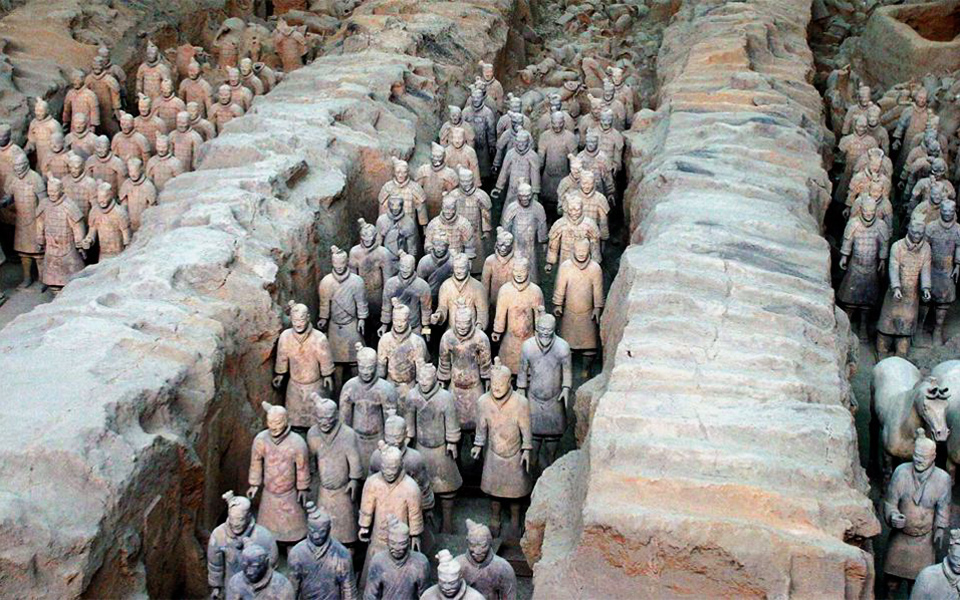Archaeologists studying the Terracotta Warriors say that inspiration for the famed army built to guard the tomb of China’s first emperor near today’s Xian may have come from Ancient Greece, the BBC reports.
According to the report, experts believe that the 8,000 statues may have been crafted under the guidance of ancient Greek sculptors in 3rd Century BC.
Their findings suggest that western contact with China began long before European explorer Marco Polo arrived in China.
“We now have evidence that close contact existed between the First Emperor’s China and the West before the formal opening of the Silk Road. This is far earlier than we formerly thought,” senior archaeologist Li Xiuzhen, from the Emperor Qin Shi Huang’s Mausoleum Site Museum was quoted as saying.
Meanwhile, a separate study cited by the BBC shows that European-specific mitochondrial DNA was found in China’s westernmost Xinjiang Province, indicating that Westerners traveled, settled and died in the area before and during the time of the First Emperor.
That would be 1,500 years earlier than commonly held.
A documentary on the findings will be broadcast on the National Geographic Channel and the BBC.











